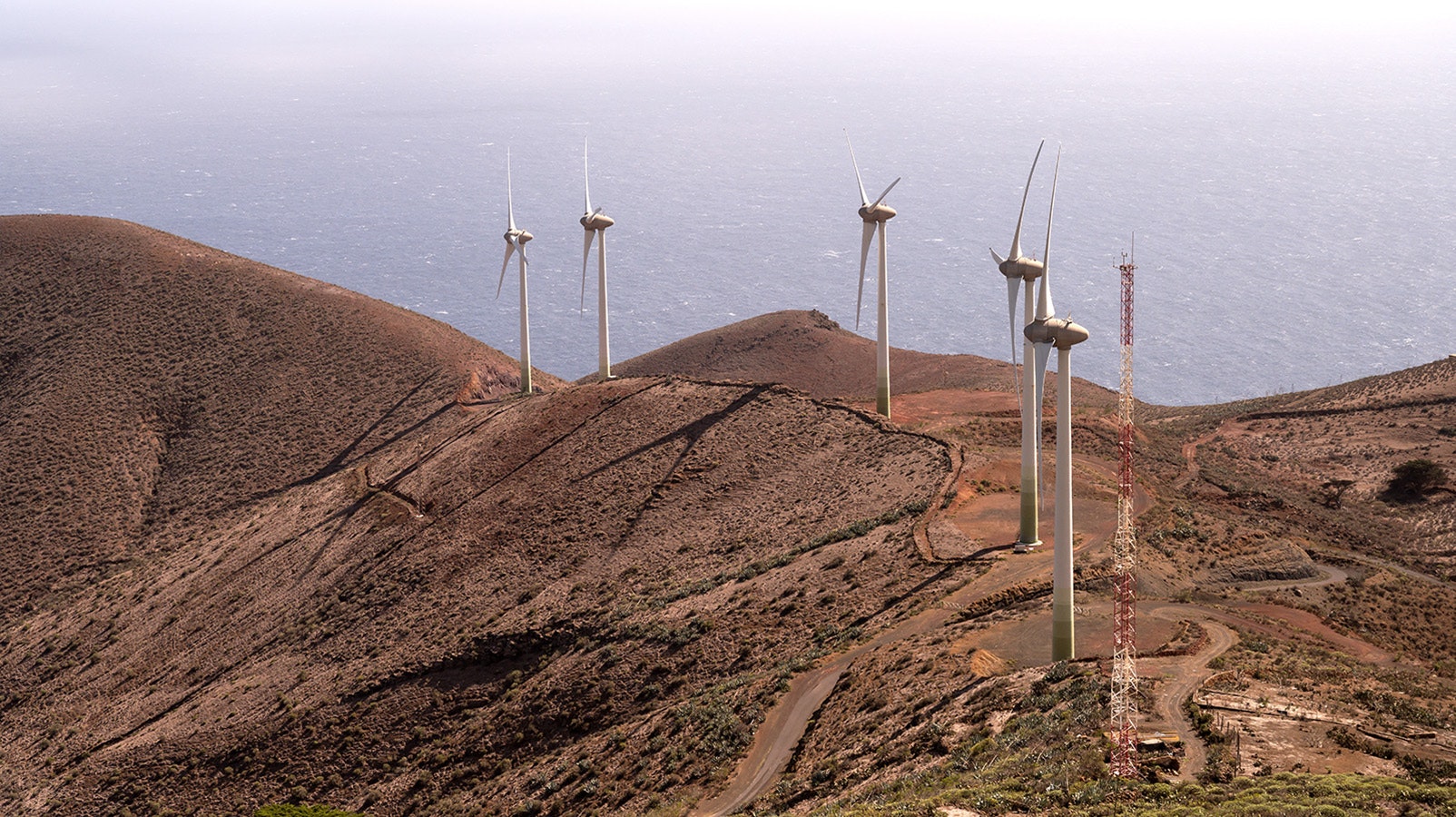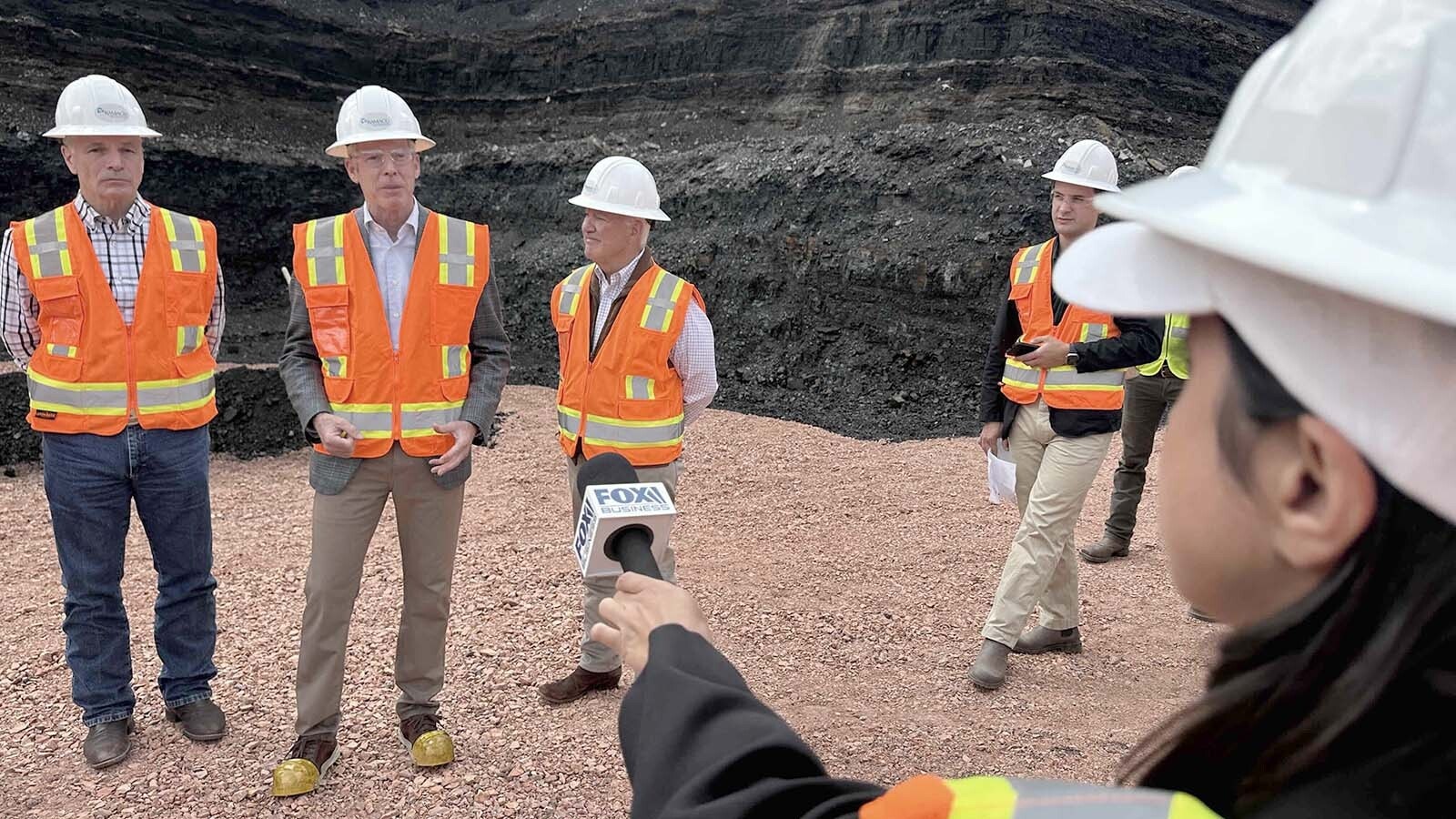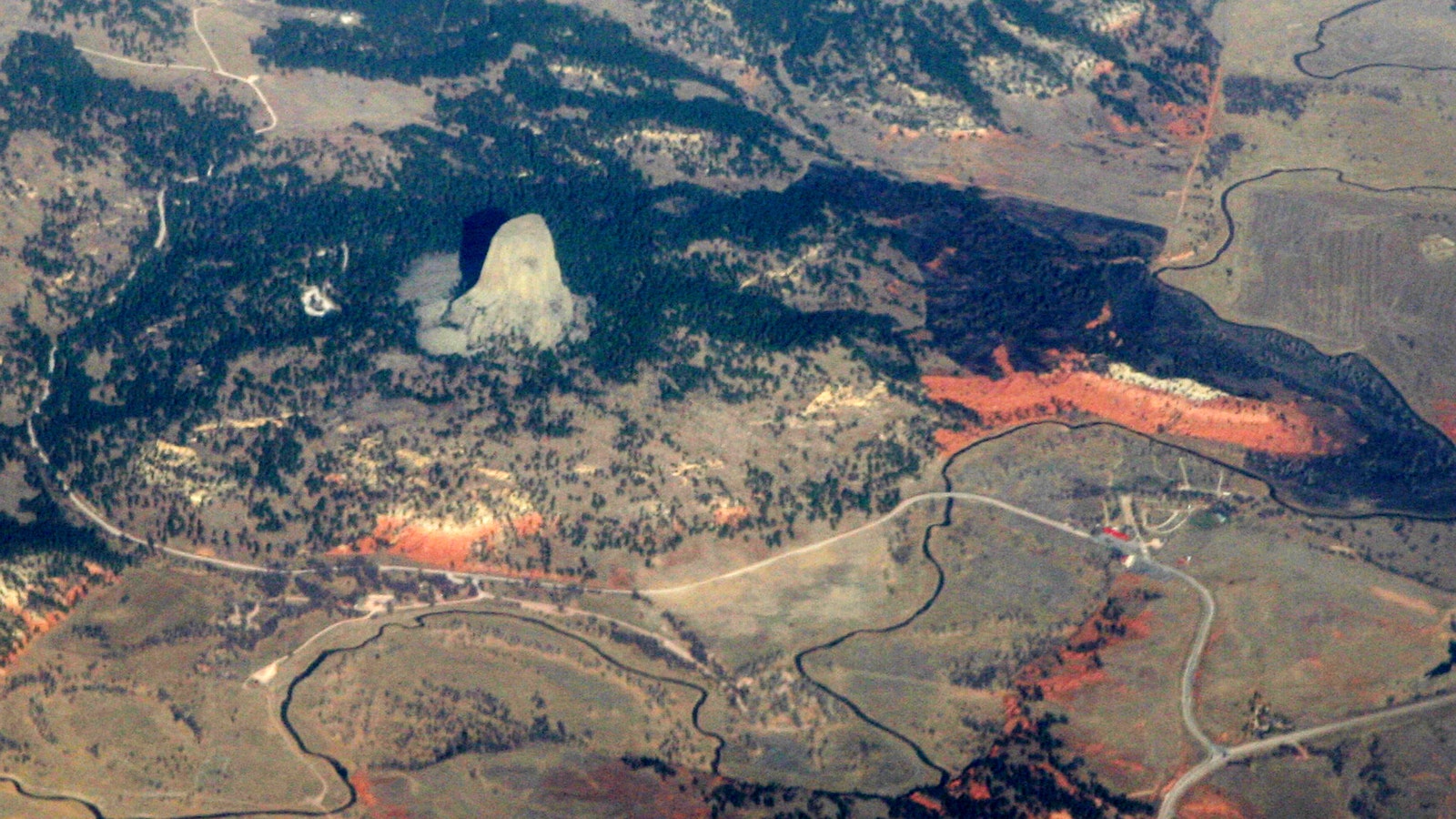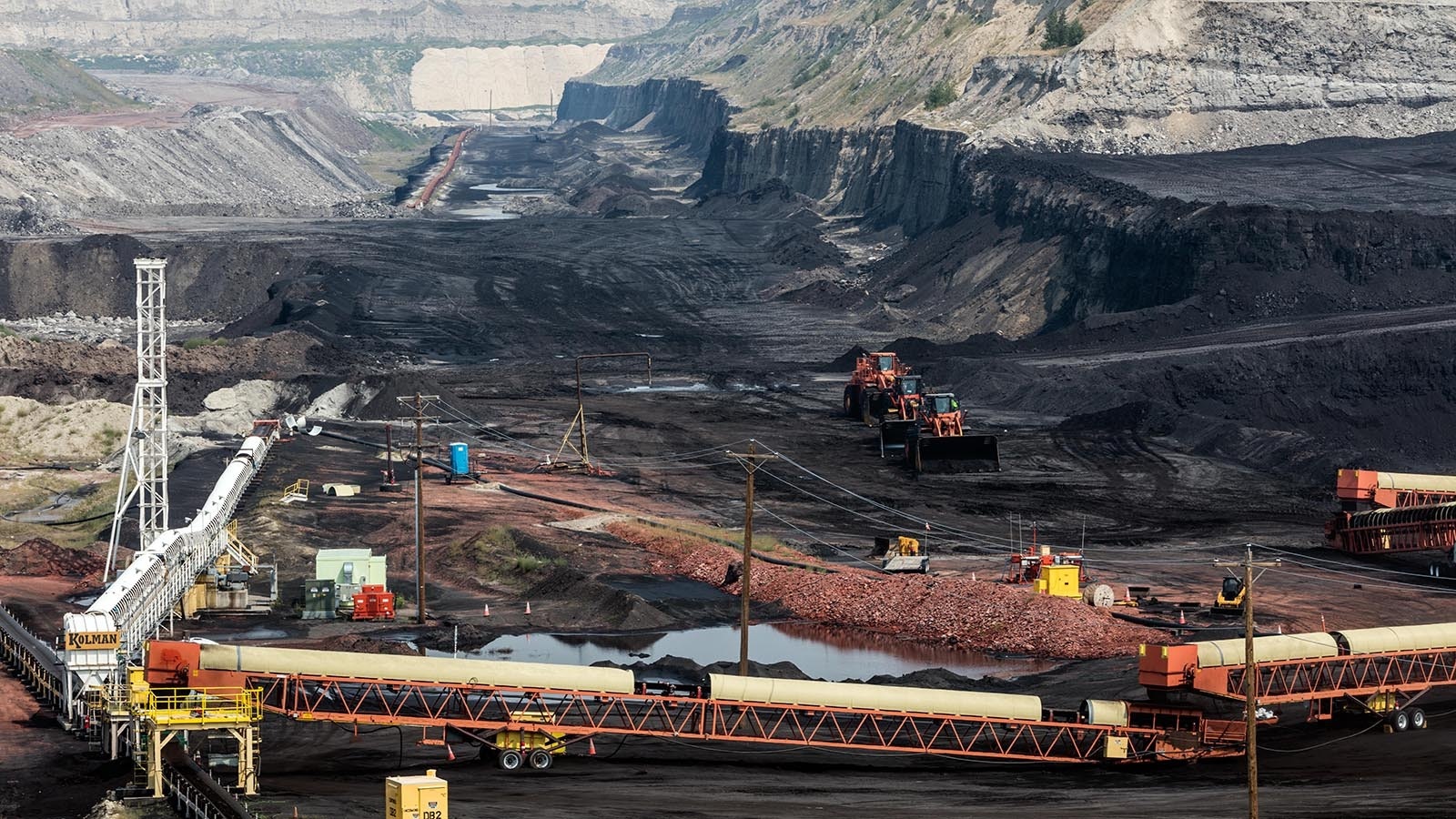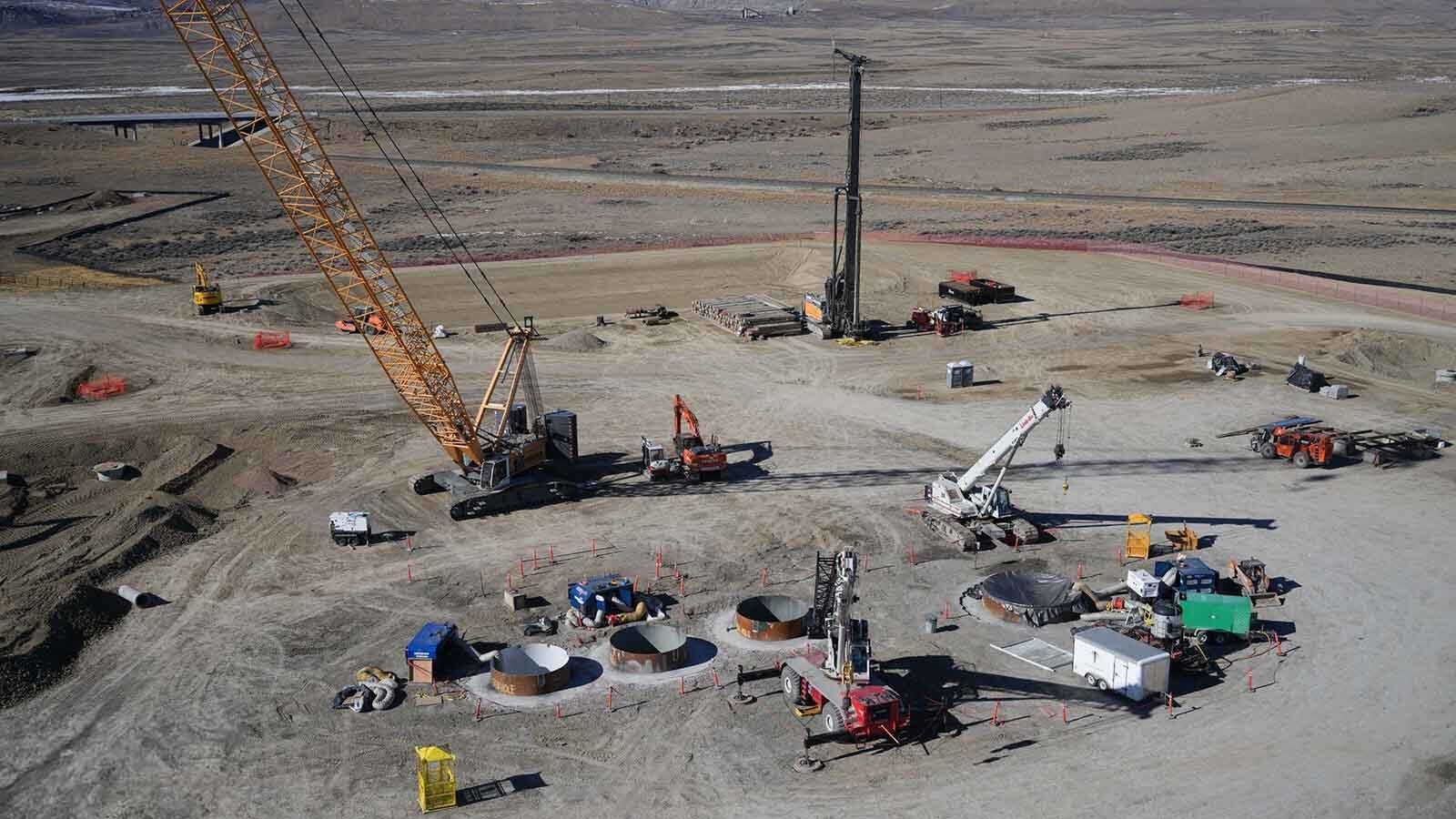Climate activists and organizations, such Just Stop Oil and the Extinction Rebellion, are staging protests in which they disrupt events, block traffic, vandalize buildings and pour soup on the glass covers over priceless paintings.
Their demands are simple — just immediately stop all production of oil and gas.
According to data from the International Energy Agency, between the spring of 2020 and the end of 2022, the world’s nations spent $1.215 trillion on transitioning their electrical grids to run on wind, solar, batteries and other renewable energy sources, with the U.S. alone spending more than a third of that.
Investors in new technologies usually want to see a proof of concept or prototype to demonstrate the technology works as its promoters are describing.
Yet no one can point to a success story in which a population of at least 10,000 successfully ran its grid entirely on wind and solar every day of a full year.
El Hierro
For years, Francis Menton has been proposing such a demonstration project on his blog, Manhattan Contrarian.
Menton is a free-market proponent who had a career in law spanning more than 40 years, including 31 years as a partner at the International Law Firm Willkie Farr & Gallagher LLP.
On his blog, he wrote about the results of one demonstration project, the Gorono del Vento on the island of El Hierro in the Canary Islands. They are autonomous communities of Spain, off the coast of West Africa.
In about 2010, El Hierro, with a population of about 10,000 people, set off to power its island with enough wind energy generation to supply twice the amount of energy needed during peak demand. That wind system was backed up by a pumped storage facility.
Menton reported that the Spanish daily El Pais in 2015 praised the island’s goal of powering its grid entirely on 100% renewable sources, and the website of the project still bills itself as a 100% renewable energy island.
In 2020, the island successfully powered the island on 100% renewable energy for exactly 1,293 hours — 14.7% of the year. Diesel generators are required to back up the wind power and pumped storage the rest of the time.
“I would characterize it as an abject failure,” Menton told Cowboy State Daily.
‘Happy Talk’
El Hierro was a pretty low bar to meet as far as energy demand is concerned. It has no heavy industry and there was no attempt to power all the vehicles on the island with electricity.
Menton said about 33% of the El Hierro’s energy consumption is electricity, and the rest is marked as “other,” which he said is most likely transportation.
But even trying to meet one-third of the island’s energy needs with wind and pumped storage shows no signs of succeeding.
“And they won’t admit it. On their website, you see them talking happy talk about how many tons of carbon they’re saving, but they’re nowhere near net zero,” Menton said.
Menton documents other net-zero demonstrations on his blog, such as Iceland, which has an electricity grid powered almost entirely off geothermal. However, as Menton explains, the island’s geography is unique and its access to geothermal couldn’t be replicated anywhere else with current technologies.
The Danish Island of Samso also set its eyes on eliminating fossil fuels. With a population of less than 4,000, it would be a small demonstration, if it were ever to succeed. The Guardian reported that the island hopes to be fossil fuel free by 2030.
Foolhardy Idea
Paul Bonifas, an independent energy consultant with clients in Wyoming, including the University of Wyoming, said the main reason there isn’t a single 100% renewable energy demonstration project in the world has to do with it being impossible.
“It’s a foolhardy idea,” Bonifas told Cowboy State Daily.
The problem is that electricity is not a product, like furniture. You can’t make a lot of it, put it in a warehouse and use it when you need it. It’s a service, and it has to be produced nearly simultaneously from when it’s consumed.
Therefore, any renewable energy system runs into what’s called the “seasonable problem,” Bonifas explained, and there are now no technologies that can solve it cost-effectively.
He uses four graphs from the National Renewable Energy Lab (NREL) and the U.S. Department of Energy (DOE) to illustrate the problem.

In the above graphs, those on the left are for the Texas grid, and the graphs on the right are for California. To put it simply, the red bars indicate periods when wind and solar didn’t produce enough electricity to satisfy demand.
The top graphs show the grid without storage, and the bottom show the situation with storage.
In all scenarios on these two very large grids, there are portions of the year when renewable energy just didn’t produce enough electricity. If the grid had no fossil fuel and nuclear backup, there would be blackouts.
One way to address it is to build out the grid with several times more wind and solar than is needed, and then store the excess in battery facilities. To have enough batteries to store even a short time’s worth of electricity would be enormously expensive.
That grid would also come with huge environmental impacts, which environmentalists would oppose.
Another approach is using green hydrogen, which would also be expensive and difficult. All that hydrogen has to be produced with electricity from wind and solar, which results in a product that gives off far less energy than the cost to produce it.
“You're essentially trying to replicate a planetary-scale system that already exists in the form of coal, natural gas and uranium,” Bonifas said.
100% Theories
Mark Z. Jacobson, a professor of civil and environmental engineering at Stanford, and several of his colleagues theorized that the U.S. could be powered by wind, solar and hydroelectric by 2050.
The nation wouldn’t even need natural gas, nuclear, biofuels or stationary batteries, they concluded in 2015, and published the results of the research in the Proceedings of the National Academy of Sciences (PNAS).
Jacobson became a celebrity among climate activists and proponents of a fossil fuel-free grid.
The following June, 21 environmental experts published a study that raised a number of doubts about Jacobson’s conclusions and methods. He proceeded to drop a libel lawsuit on the lead author of the study, energy researcher Christopher Clack, as well as the journal.
Jacobson dropped the suit in February 2018. He was subsequently ordered to pay back the defendants’ legal fees as the result of statutes that protect First Amendment rights against meritless lawsuits.
Despite all that, Jacobson continues to be held in high esteem among believers in a 100% renewable energy grid. The Guardian featured him in an article in January peddling his 100% theory.
Hydroelectric As Backup
Cowboy State Daily reached out to Jacobson for examples of demonstration projects to show that a 100% renewable energy grid is possible.
While he couldn’t point to a single example of a population of at least 10,000 getting all its electricity from wind and solar, he said six nations succeed at doing so with hydroelectric backup.
Hydroelectric can provide solid backup for wind and solar, but one of the main criticisms of Jacobson’s research that Clack and his colleagues point to is the unrealistic increases in hydroelectric capacity Jacobson and his colleagues estimated would be needed for backup.
Even if the capacity were available, it’s unlikely Americans would allow such a large number of dams to be built. Even in Wyoming, they receive a lot of opposition.
The other examples Jacobson pointed to were South Dakota, which generates 43% of its electricity through hydroelectric.
A Couple Sundays
Jacobson also noted that California achieved 100% of its electricity from wind, hydroelectric and solar — for almost a whole hour on a couple recent Sundays.
Germany, Jacobson noted, has managed 50% renewable energy, though it pays two to three times what Americans pay. After shutting down its remaining nuclear power plants, there are proposals to subsidize heavy industry. The nation's industries have been looking to relocate in the face of rising energy costs as the nation tries to reach 100% renewable energy.
Jacobson also cited Australia as having sourced 66% of its electricity from renewable energy in the first quarter of this year.
The outlook for the year doesn’t look as promising. The Clean Energy Australia Report for 2022 showed Australians got 32.5% of their electricity from renewable sources. The vast bulk of their power came from fossil fuel sources, mainly coal.

